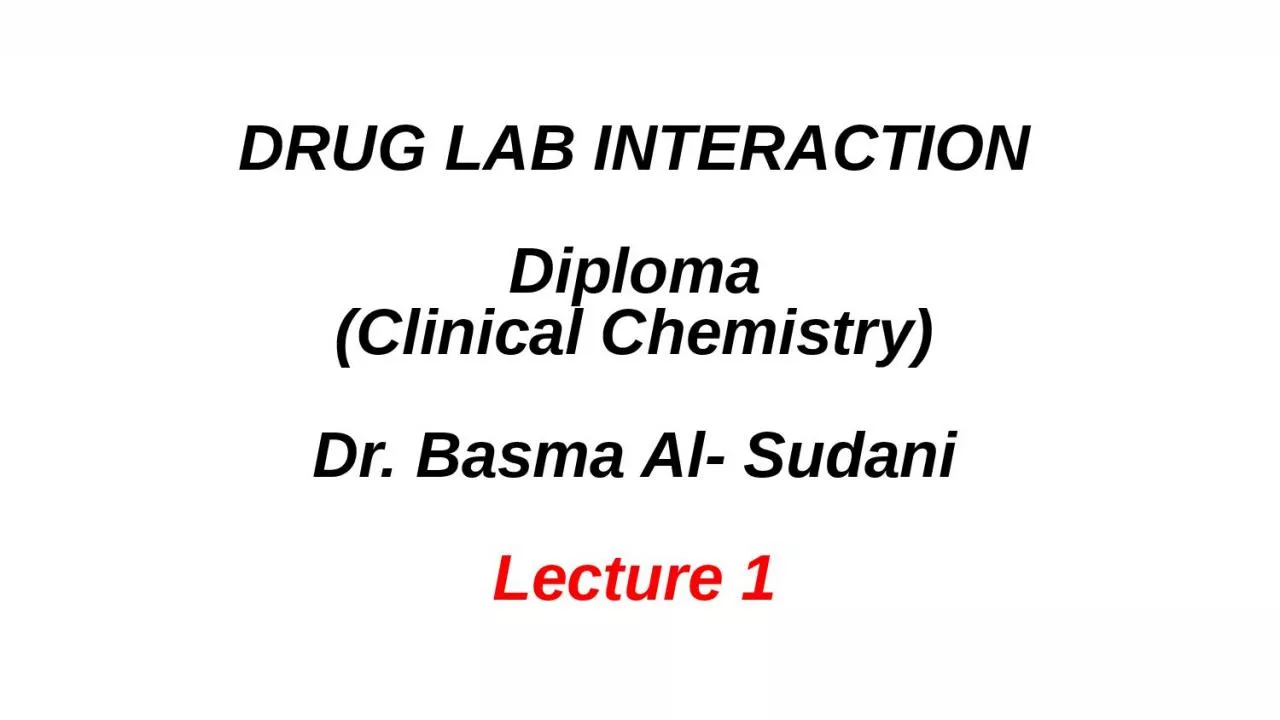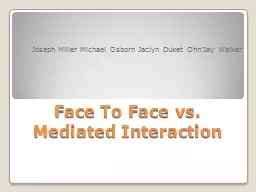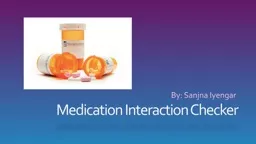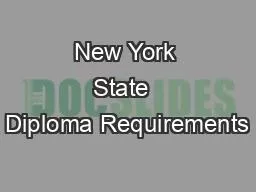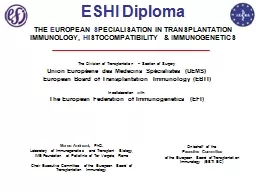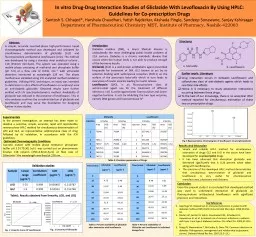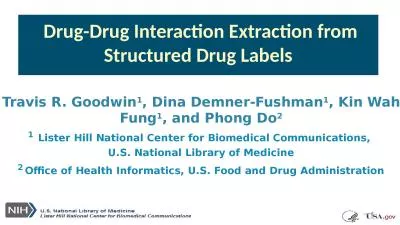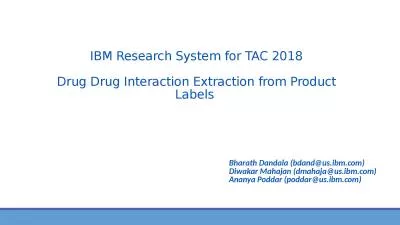PPT-DRUG LAB INTERACTION Diploma
Author : AngelEyes | Published Date : 2022-08-04
Clinical Chemistry Dr Basma Al Sudani Lecture 1 Laboratory Tests involved in the diagnosis and treatment of disease Purposes reliable for proper decision making
Presentation Embed Code
Download Presentation
Download Presentation The PPT/PDF document "DRUG LAB INTERACTION Diploma" is the property of its rightful owner. Permission is granted to download and print the materials on this website for personal, non-commercial use only, and to display it on your personal computer provided you do not modify the materials and that you retain all copyright notices contained in the materials. By downloading content from our website, you accept the terms of this agreement.
DRUG LAB INTERACTION Diploma: Transcript
Download Rules Of Document
"DRUG LAB INTERACTION Diploma"The content belongs to its owner. You may download and print it for personal use, without modification, and keep all copyright notices. By downloading, you agree to these terms.
Related Documents

